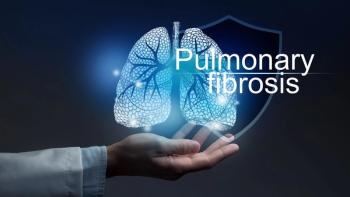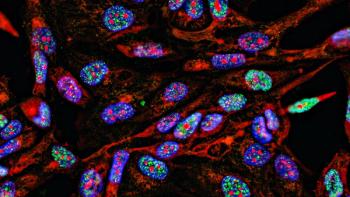
- Pharmaceutical Technology-07-02-2012
- Volume 36
- Issue 7
A New R&D Paradigm
Holistic open learning networks offer a new drug R&D model for improving research outcomes.
The long-standing model for drug R&D has become increasingly untenable. Almost four years after the global financial crisis first hit, venture-capital returns are under pressure, and capital remains scarce for most precommercial biotechnology companies. And as Big Pharma's biggest products go off patent, these firms face a more resource-constrained future. Tremendously creative approaches to boost R&D productivity have emerged in the last few years, but these do not address the fundamental changes necessary to fuel the leaps in productivity and efficiency that are needed.
Features of open learning networks
In Ernst & Young's recently released report on the state of the biotechnology industry, Beyond Borders, we propose a model to address the limitations of current drug R&D: the holistic open learning network (HOLNet). At their core, these networks of diverse organizations would enable information-sharing and real-time learning from across the healthcare ecosystem. The divisions between the R&D and commercial ends of the value chain would become increasingly blurred. The four key characteristics of a successful HOLNet are described below.
Holistic. The HOLNet approach represents a vastly different and inclusive approach to R&D that blurs the boundaries between drug development, product commercialization, and healthcare delivery. Rather than being confined to the traditional siloed and sequential approach to drug development, HOLNets would share vast and diverse amounts of data and connect dots across the entire value chain of companies (from early research to marketing) and cycle of care of patients (from prevention to cure).
Open. To break down traditional silos, HOLNets will involve more open approaches to data. Members will pool their strengths and assets, including talent and "precompetitive" data. To varying degrees, these networks also will openly share resulting output. This feature is one of the most powerful aspects of a HOLNet: making R&D more efficient and productive by reducing redundant expenditures and allowing researchers to learn from each other's insights and mistakes. This sharing will inevitably raise concerns about intellectual property, but firms also recognize that in some situations, sharing information may create more value than protecting it.
Learning. HOLNets are about learning rapidly, in real time, by connecting data from across the ecosystem. Real-time learning allows constituents to quickly adjust their approaches, save time and money, and increase success rates.
Network. Reinventing R&D and unleashing the transformative potential of big data requires the participation of diverse players from across the ecosystem. Such a network needs a common goal around which all its members are aligned. While all entities do not need to do the same thing, they do need to be pulling in the same direction.
Open learning networks in action
HOLNets build on trends already visible in the market and, more importantly, involve learning from beyond the life-sciences industry and leveraging the strengths of a diverse range of entities—from providers and patient groups to social media networks and data analytics firms.
HOLNets could truly transform how insights are gathered and new drugs are developed. For example, they could:
- Encourage data sharing in precompetitive spaces (e.g., genetic data from patients, claims data from payers, outcomes data from providers' electronic health-record systems, data on failed clinical trials from life-sciences companies, and insights from disease foundations)
- Create uniform standards for data for combining and studying holistically
- Engage with regulators for new R&D approaches and clinical-trial design
- Engage with patients in more enduring relationships and use richer real-time patient data (with informed patient consent) to inform drug R&D.
HOLNets could provide many additional advantages to biotechnology companies and their investors. As part of such a consortium, biotechnology firms would gain insights from other members, including into unsuccessful target selection and clinical-trial design. They also may gain access to regulators in a way that an individual company would be unlikely to achieve, particularly important at a time of greater regulatory uncertainty and risk.
The challenges associated with establishing a HOLNet are not to be minimized given the many competing constituencies and interests in the healthcare ecosystem, but the benefits are clear. The HOLNet has the potential to be a boldly different paradigm that seizes the opportunities latent in the changing healthcare ecosystem: big data, real-time insights, and the diverse strengths of a wide range of players.
Gautam Jaggi is global lead analyst in life sciences at Ernst & Young. The views expressed herein are those of the author and do not necessarily reflect the views of Ernst & Young LLP.
Articles in this issue
over 13 years ago
Requirements for Electronic Records Contained in 21 CFR 211over 13 years ago
Pharmaceutical Technology, July 2012 Issue (PDF)over 13 years ago
Reflecting on 35 Years of Procurement Transformationover 13 years ago
Lyophilization: How to Meet Scale-Up Challenges Using QbDover 13 years ago
Report from EuropeNewsletter
Get the essential updates shaping the future of pharma manufacturing and compliance—subscribe today to Pharmaceutical Technology and never miss a breakthrough.





